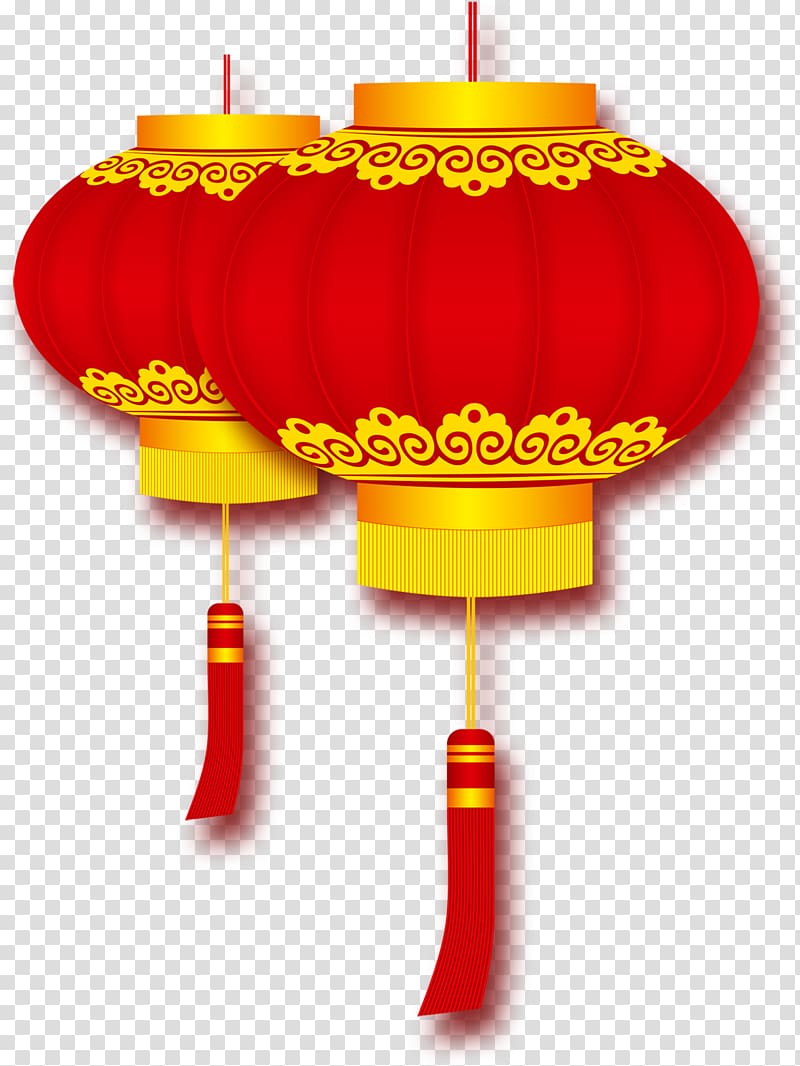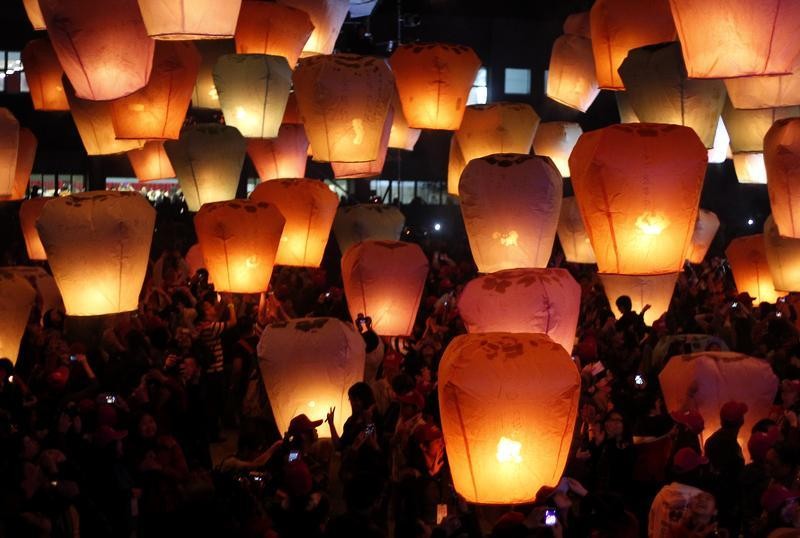

Vietnamese New Year ( Vietnamese: Tết Nguyên Đán chữ Hán: 節元旦).Korean New Year ( Korean: 설날 RR: Seollal).Japanese New Year (正月 Shōgatsu) (prior to 1873).Miao New Year ( Hmongic: Nongx Yangx Chinese: 能央).Tsagaan Sar (Mongolian New Year) Mongol Bichig: ᠴᠠᠭᠠᠨ ᠰᠠᠷᠠ Chinese: 查干萨日、白节).Tujia New Year ( Chinese: 土家新年 pinyin: Tǔjiā Xīnnián or Chinese: 赶年 pinyin: Gǎnnián).Chinese New Year ( simplified Chinese: 农历新年 traditional Chinese: 農曆新年 pinyin: Nónglì Xīnnián or simplified Chinese: 春节 traditional Chinese: 春節 pinyin: Chūnjié).Japan, excluding the Ryukyu Islands, now only celebrates the solar new year apart from a remnant of the lunisolar celebration called Little New Year ( 小正月, koshōgatsu) occurring on the 15th day of the first lunar month for Japanese calendar. Celebrations by (sub)continent Asia: East Asia Ĭhina, South Korea, Taiwan, and Vietnam celebrate the Lunisolar New Year on the same date. Some American politicians have avoided using the term "Chinese New Year" in preference for "Lunar New Year". Since at least the mid-2010s, there has been criticism in America of using the term "Chinese New Year" in an official capacity, particularly by Korean and Vietnamese people. Chinese people outside China refer to it as both Lunar New Year as well as Chinese New Year. However the celebration has officially been known as "Spring Festival" in China since the founding of the Republic of China in 1911 when the previous name, "Yuandan" (The First Day), was assigned to the first day of the Gregorian calendar. Chinese New Year is the official name of the celebration and holiday in some countries such as Singapore, Brunei, and Malaysia. In the United States of America, Lunar New Year is strongly associated with Chinese Americans and "Chinese New Year" is commonly used as a translation by people of non-Chinese backgrounds. Lunisolar New Year celebrations of other cultures such as Burmese, Cambodian, Lao, Sri Lankan, and Thai people are based on the Buddhist calendar and occur in mid-April. However celebration customs and holiday durations may differ. Some Lunar New Year celebrations, such as in Korea and Vietnam, generally fall on the same day as the Chinese celebration in late January or February, due to being based on the Chinese calendar or a variation of it. Chinese New Year usually falls on the second new moon after the winter solstice (rarely the third if an intercalary month intervenes). Lunar New Year celebrations in East and Central Asia, such as Chinese New Year, are based on a lunisolar calendar.

The Islamic New Year (also called the Hijri New Year or 1 Muharram) determined by the Islamic calendar, a purely lunar calendar that ignores the solar cycle that is used to reset lunisolar calendars. Although often referred to as "Lunar New Year" in English, this is a misnomer, as it refers to both celebrations based on a lunar calendar as well as a lunisolar calendar. The Lunar New Year is an event celebrated by millions of people across the world on the first new moon of their calendar. The determination of the first month of a new lunar year varies by culture. The more well-known celebrations include New Year's Day (or week) in the Chinese calendar and Tibetan calendar of East Asia the Buddhist and Hindu calendars of Southeast and South Asia the Islamic calendar and the Jewish calendar that originated in the Middle East and the Nisga'a calendar from Canada. The event is celebrated by numerous cultures in various ways at diverse dates. Lunar New Year is the first new moon of a lunar calendar or lunisolar calendar year, whose months are moon cycles. A family gathering to make bánh tét for Tết celebrations in Vietnam.Korean people wearing hanbok and playing yut during Seollal.Lunar New Year parade in Manhattan's Chinatown, New York City.Lunar New Year celebrations in Singapore.A lion dance performance in Kuala Lumpur.Fireworks display at Victoria Harbour, Hong Kong.


 0 kommentar(er)
0 kommentar(er)
